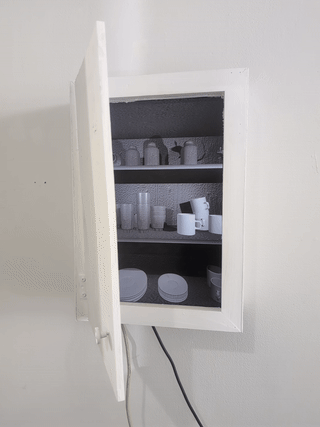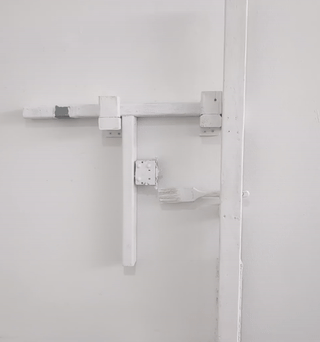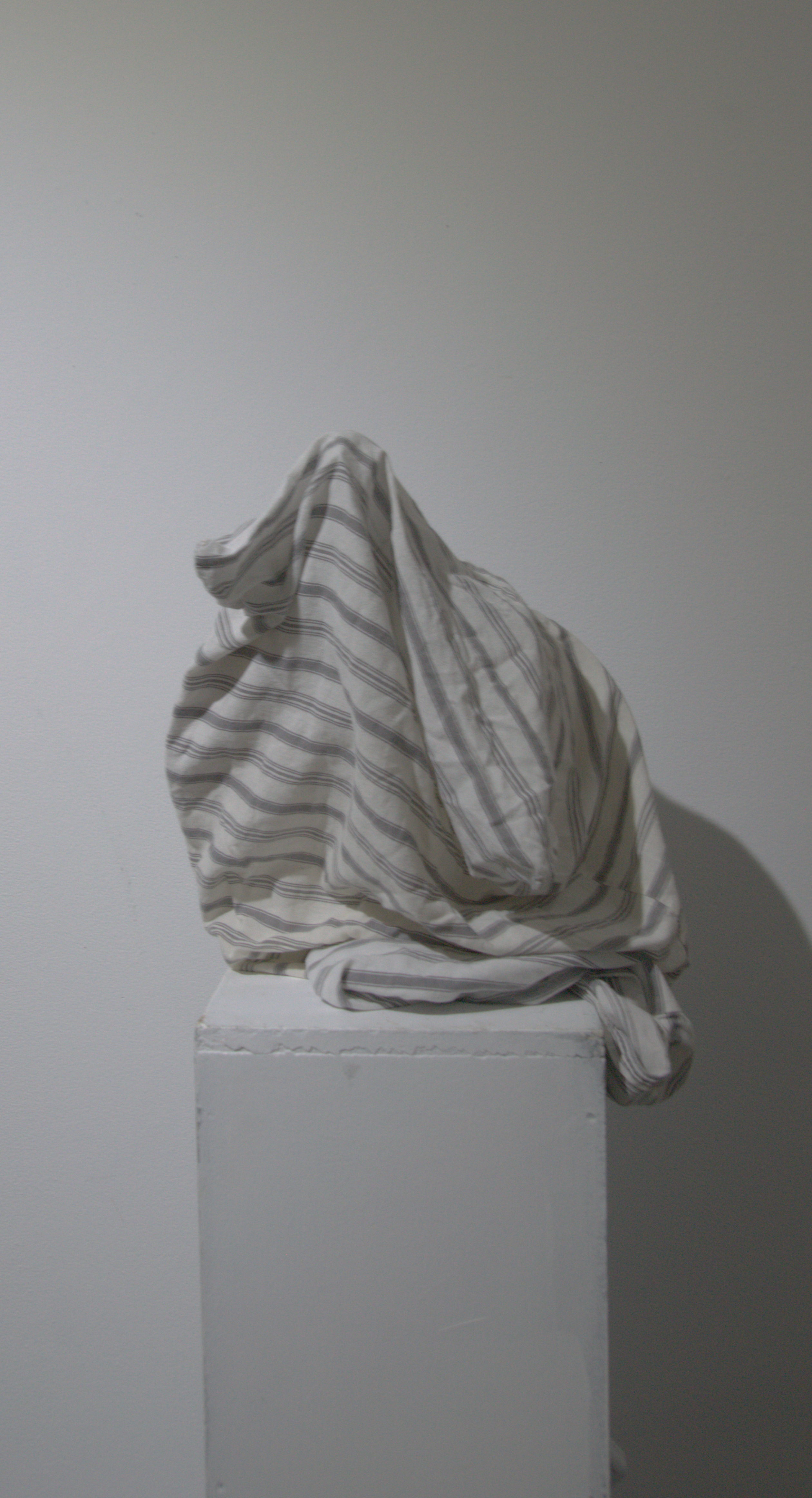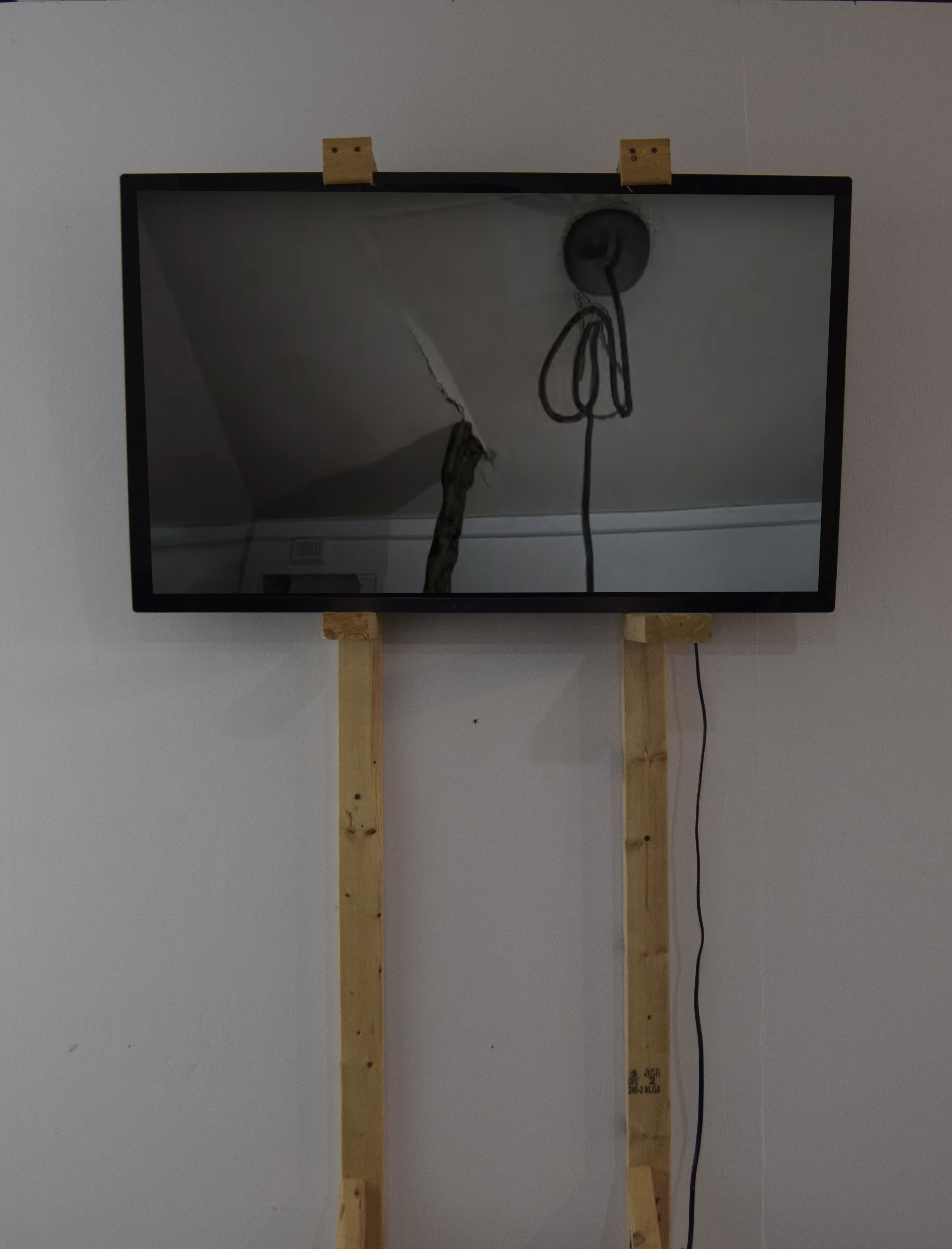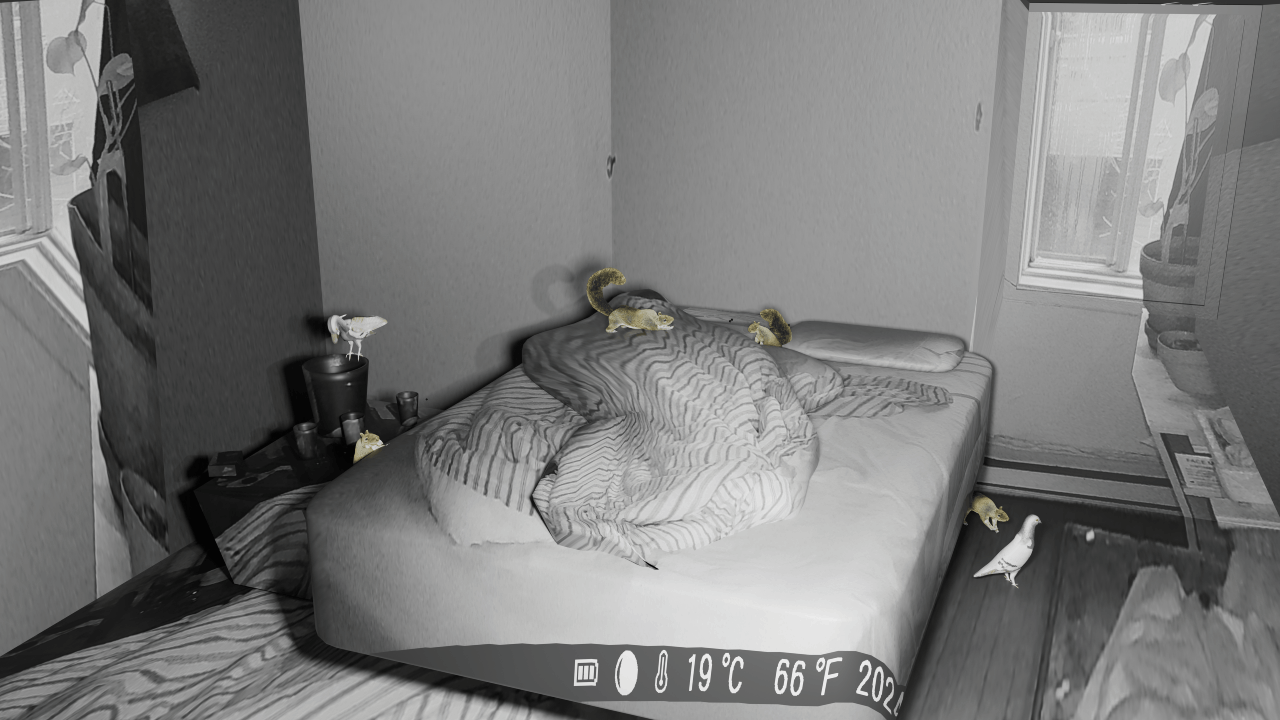In Montreal, as in many cities across Canada, the surge in housing prices is reshaping our relationship to living spaces. The search for affordable apartments often reveals a harsh truth: these rare, affordable units are seldom maintained out of goodwill. More often than not, they are neglected by their landlords. Cracks in the walls, doors that don’t close properly, and leaky faucets become familiar parts of everyday life. This project explores the unintentional permeability between the interior and exterior, not only in the artist’s apartment but also in many other affordable dwellings in Montreal.
Straddling the line between photojournalism and imagination, the artist documents the various porosities of their living space, from a crack in the ceiling to mold found in the bathroom. These photographs serve as the starting point for a reflection that shifts between disaster scenarios, playful exaggerations, and mundane but telling interventions. “Thus, imperceptibly, we move from the banality of everyday things to the novelistic intervention... and suddenly, events take on meaning” (Aragon, 1980).
The artist takes these photographs and imports them into 3D software, recreating certain elements from the scenes and texturing them with the original images. Using the possibilities of CGI and simulation, imagined elements are layered onto the photographs, resulting in works that range from large-format prints to short videos and real-time simulations. Additionally, in a gesture where improvisation meets technology, an old bedspread is repurposed to conceal motors and robotic devices, adding a performative dimension to the project.
Dans le contexte montréalais, comme dans plusieurs villes canadiennes, l'explosion des prix du logement transforme profondément notre rapport à l'habitation. Cette course aux appartements abordables expose une réalité moins reluisante : ces logements accessibles le sont souvent par défaut, délaissés par leurs propriétaires. Les fissures dans les murs, les portes qui ferment mal et les robinets qui fuient deviennent alors des éléments familiers du quotidien.
Ce projet explore les espaces involontairement perméables entre l'intérieur et l'extérieur, caractéristiques non seulement de l'appartement de l'artiste, mais aussi de nombreux logements encore abordables à Montréal. À mi-chemin entre le photoreportage et l'imaginaire, l'artiste documente les failles et porosités de son espace de vie : une fissure au plafond, une moisissure dans la salle de bain. Ces photographies deviennent le point de départ d'une réflexion qui oscille entre scénarios catastrophes, exagérations ludiques et interventions banales mais révélatrices. « C’est ainsi qu’insensiblement on passe de la banalité des choses quotidiennes à l’intervention romanesque... et tout d’un coup les événements prennent un sens » (Aragon, 1980).
L’artiste utilise ces images pour créer des reconstitutions en 3D, recréant certains éléments de son environnement et les texturant avec les photographies elles-mêmes. Grâce aux possibilités offertes par le CGI et la simulation, des éléments imaginaires sont superposés aux images d'origine, générant des compositions qui varient entre impressions grand format, courtes vidéos et simulations en temps réel. De plus, dans une démarche où l’improvisation rencontre la technologie, une ancienne couette de lit est utilisée pour masquer des moteurs et dispositifs robotiques, intégrant ainsi une dimension performative au projet.
Aragon, L. (1980). Le mentir-vrai. Gallimard, Paris, p.27
